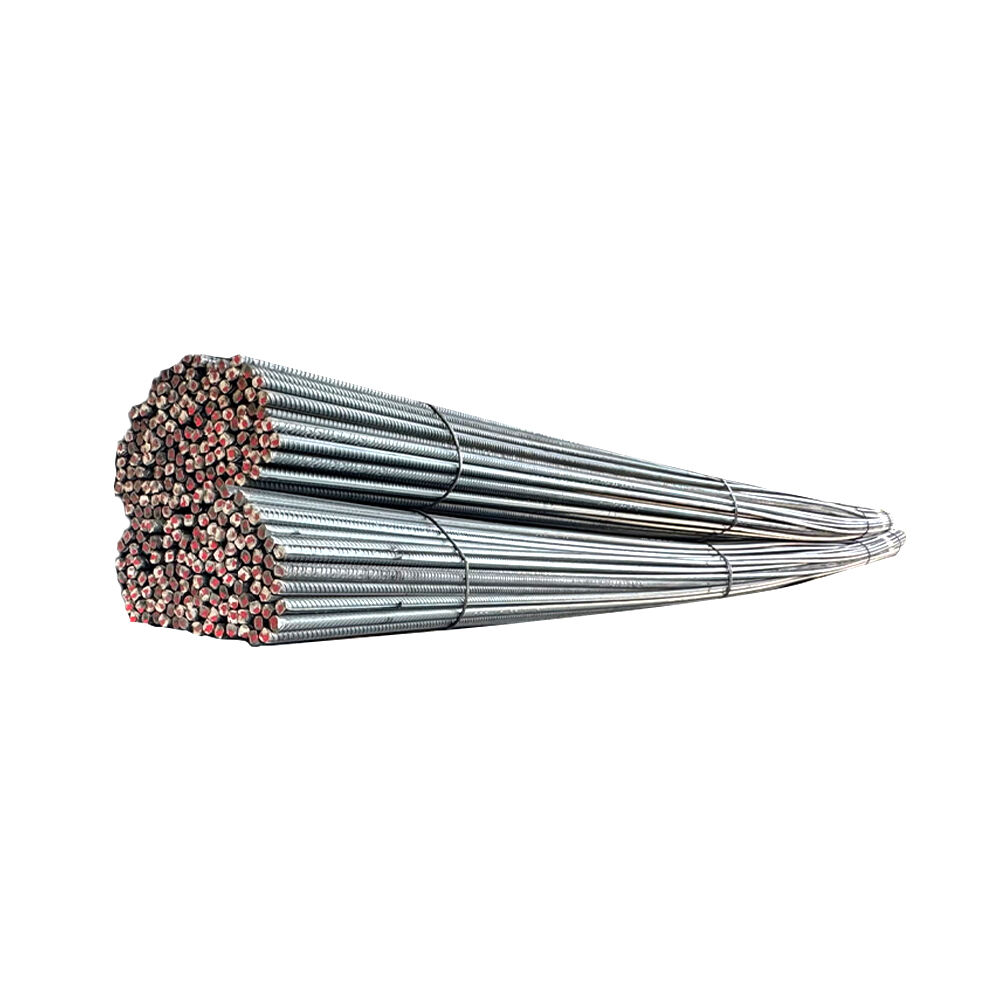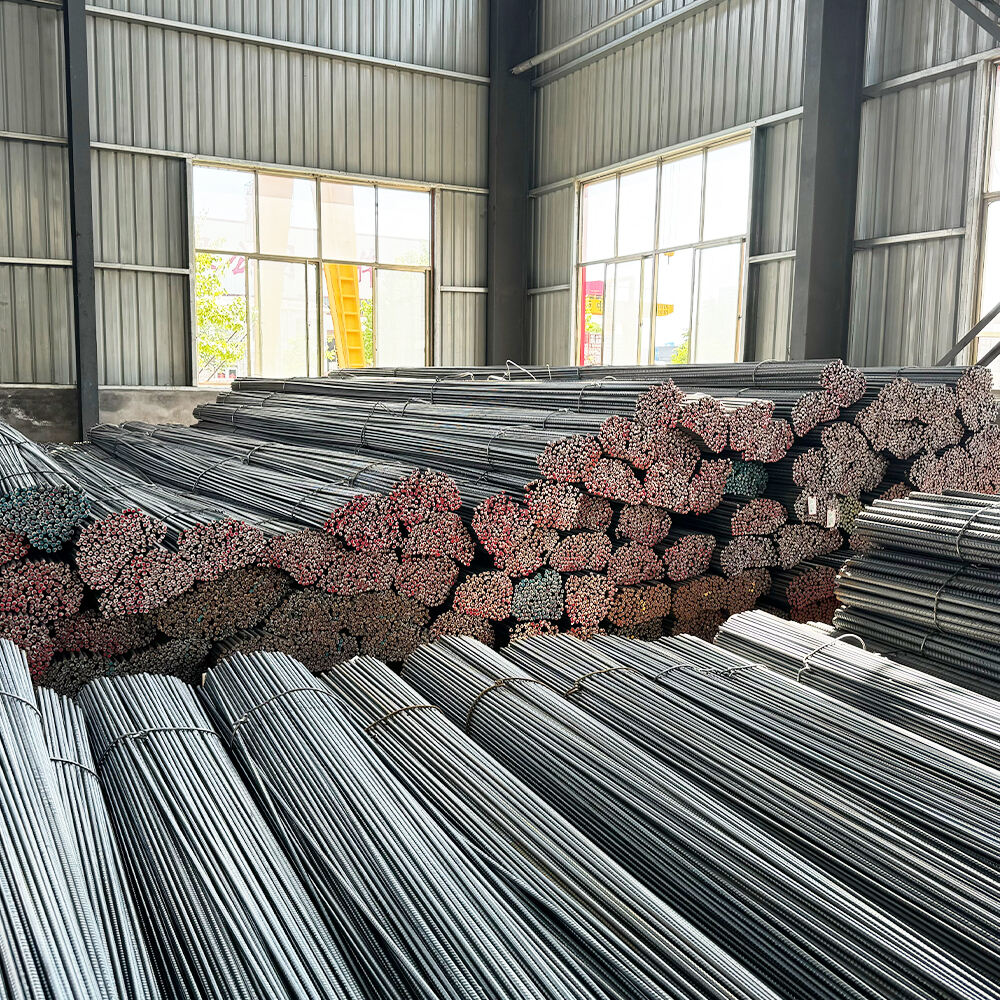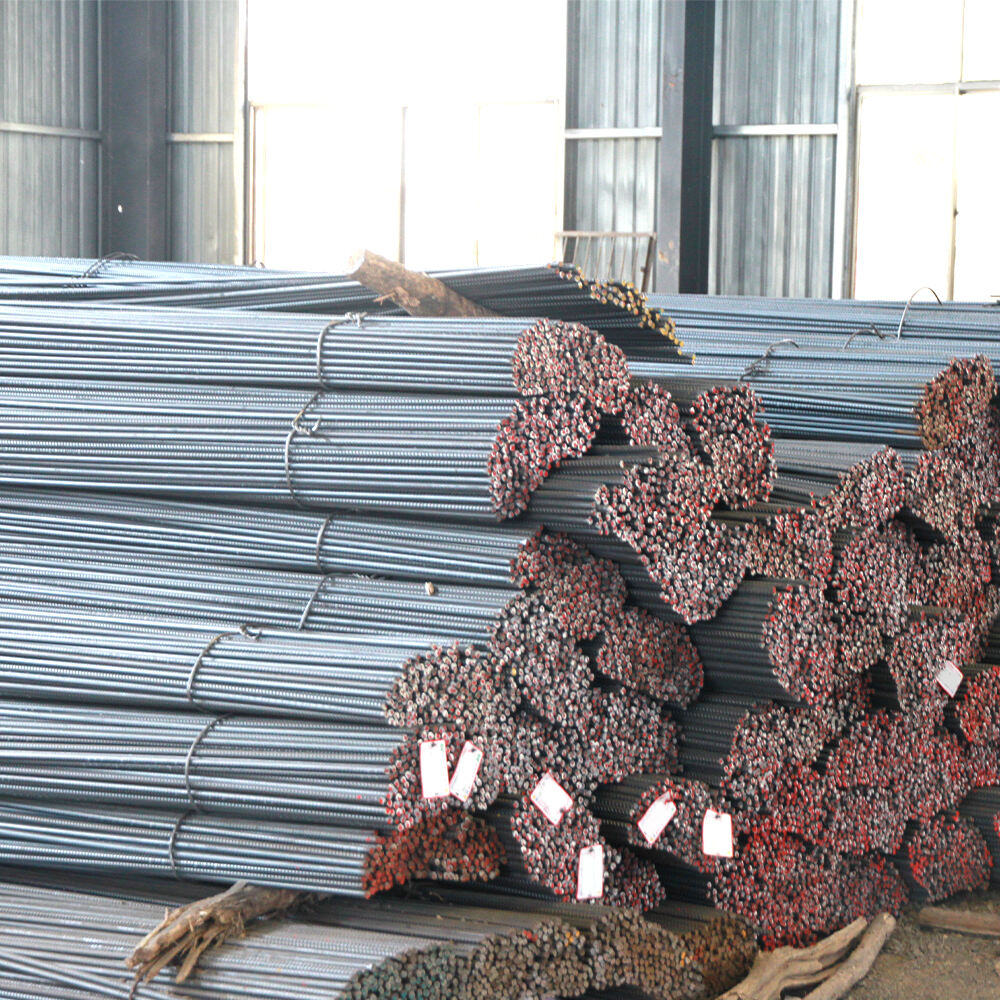çelik inşaat demiri boyutu
Çelik donatı boyutu, betonarme inşaatlarda kullanılan ve yapısal bütünlük ile bina güvenliği açısından kritik rol oynayan standartlaştırılmış boyutlardaki çubukları ifade eder. Bu çubuklar genellikle 6 mm ile 57 mm arasında değişen çeşitli çaplarda üretilir ve her bir boyut, nominal çapını sekizde bir inç cinsinden gösteren özel bir numara ile belirlenir. Boyut seçimi, yük gereksinimleri, yapısal özellikler ve bina yönetmelikleri gibi birçok faktöre bağlı olarak yapılır. Modern çelik donatı çubukları, hassas boyutsal toleranslarla üretilir ve beton ile çelik arasındaki bağlantıyı artıran, örneğin boyuna ve enine oluklar gibi özel yüzey desenlerine sahiptir. Bu desenler, optimal yük aktarımı ve yapısal performansı sağlamak amacıyla dikkatlice tasarlanmıştır. Donatı çubuğu boyutlarının standartlaştırılması, kalite kontrolün tutarlı olmasını, tasarım hesaplarının kolaylaştırılmasını ve farklı projelerde verimli inşaat uygulamalarını sağlar. Mühendisler ve müteahhitler, standartlaştırılmış bu boyutlara dayanarak taşıma kapasitelerini doğru şekilde hesaplamakta, uygun aralıkları belirlemekte ve bina yönetmeliklerine uygunluğu temin etmektedir.


